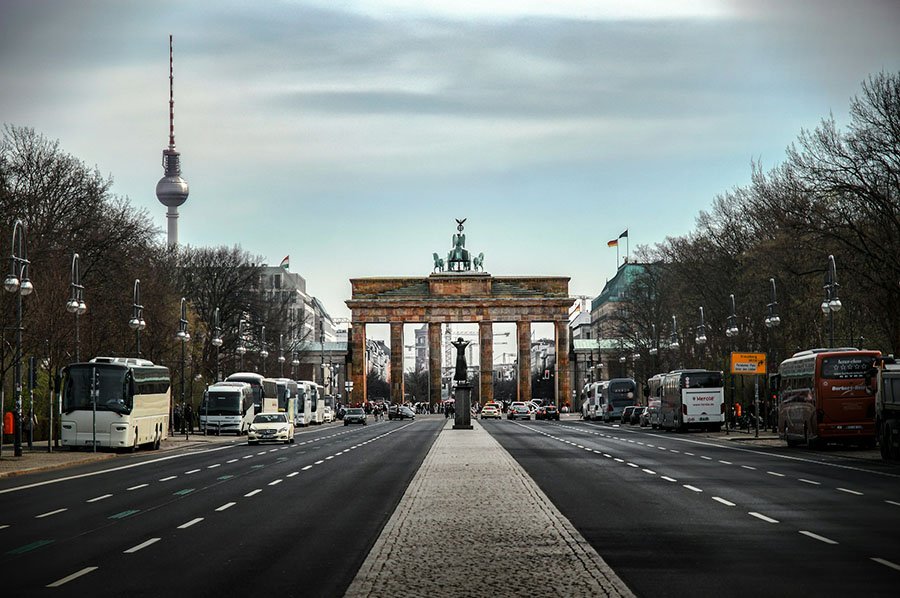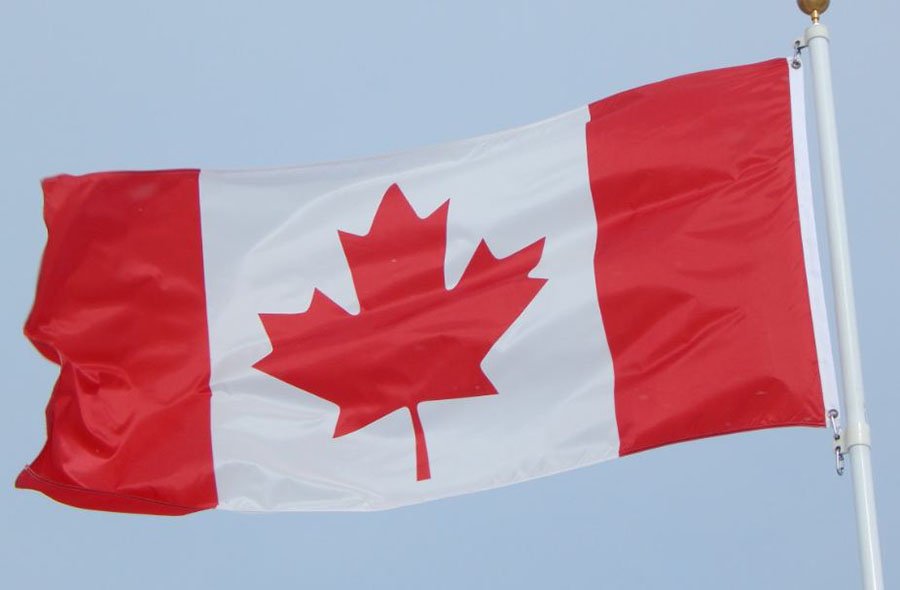читайте также
 German Economy to Rebound in 2026
German Economy to Rebound in 2026
 European Hotel Operating Profit: Margins, RevPAR and Costs
European Hotel Operating Profit: Margins, RevPAR and Costs
 US housing construction fell to its lowest level since May 2020
US housing construction fell to its lowest level since May 2020
 Snow Cyclone “Francis” in Russia: Widespread Disruptions at Airports and on Roads
Snow Cyclone “Francis” in Russia: Widespread Disruptions at Airports and on Roads
 Canada tightens scrutiny at land crossings: Asylum claims show a clear decline
Canada tightens scrutiny at land crossings: Asylum claims show a clear decline
 Wealthy Americans eye New Zealand luxury homes: Ban lift reshapes the top end of the market
Wealthy Americans eye New Zealand luxury homes: Ban lift reshapes the top end of the market
Argentina Set to Rejoin U.S. Visa Waiver Program

Photo: El País
The United States has officially launched the process to reintegrate Argentina into the Visa Waiver Program (VWP), marking the first step toward restoring a system that was suspended over 20 years ago. The agreement was signed in Buenos Aires by President Javier Milei and a Trump administration representative, El País reports.
One-Year Preparation Timeline
Argentina was part of the U.S. VWP from 1996 to 2002, but was removed due to the economic crisis and rising migration pressure. The program allows citizens from eligible countries to visit the U.S. visa-free for up to 90 days, provided they obtain electronic travel authorization via ESTA.
To requalify, Argentina must:
Maintain a visa refusal rate below 3% annually
Guarantee the repatriation of nationals when requested
Align migration procedures with international standards
U.S. Secretary of Homeland Security Kristi Noem stated that Argentina has become a "more reliable partner" under Milei's administration. The country now leads Latin America in VWP eligibility metrics, including visa compliance. Travel to the U.S. from Argentina rose by 25% in early 2025 compared to the same period in 2024.
Still, the process will take at least a year, according to Argentina’s Security Minister Patricia Bullrich. While optimistic, The Washington Post notes that Argentina still exceeds the 3% visa refusal threshold, currently hovering near 10%.
Foreign Policy Shift and Economic Reform
The renewal of negotiations follows President Milei's pro-Western foreign policy pivot. After assuming office in December 2023, Milei made his first international visit to Israel, pledging to move the Argentine embassy to Jerusalem and designate Hamas a terrorist organization.
In April 2025, U.S. Treasury Secretary Scott Bessent visited Buenos Aires, endorsing Milei’s economic reforms and calling for deeper U.S.-Argentina trade ties to counter China’s regional influence. The visit coincided with a new $20 billion IMF credit program for Argentina.
Milei’s economic policy—dubbed the “chainsaw and blender”—combines spending cuts with inflationary debt dilution. While controversial, the program has stabilized the peso, boosted bond prices, and lowered Argentina’s country risk index to a post-2020 low. Yet consumption and industrial output remain weak, and poverty is rising.
Economic growth resumed in early 2025 after two years of recession. However, by mid-year, momentum slowed. Economist Federico Filippini of Adcap blamed declining real wages and policy uncertainty. Despite these challenges, the IMF praised initial reforms but urged stronger social protections.
Political Outlook
As elections approach, opposition parties propose a return to protectionism and state intervention—policies voters rejected in 2023. Nonetheless, Milei’s "Liberty Advances" (LLA) party continues to lead the polls. Investors hope a strengthened congressional position will enable stalled reforms, including tax, labor, and pension overhauls, plus privatizations of state firms such as Banco Nación, AySA, and Aerolíneas Argentinas.
In 2024, inflation hit 237%—the highest since 1991. Projections suggest a decline to 42% in 2025 and 23% in 2026, with GDP expected to grow 5% in 2025 and 3.4% in 2026.





